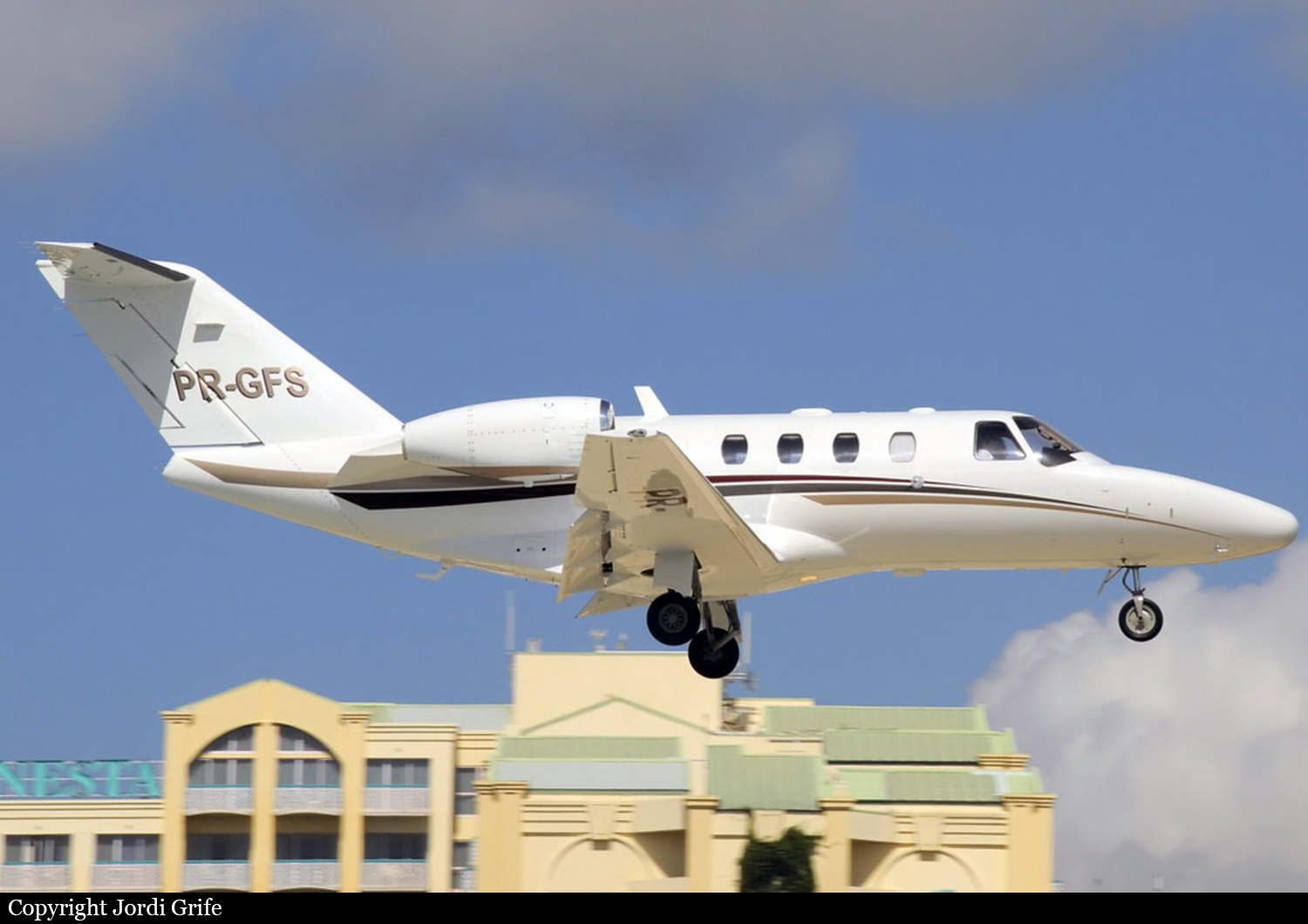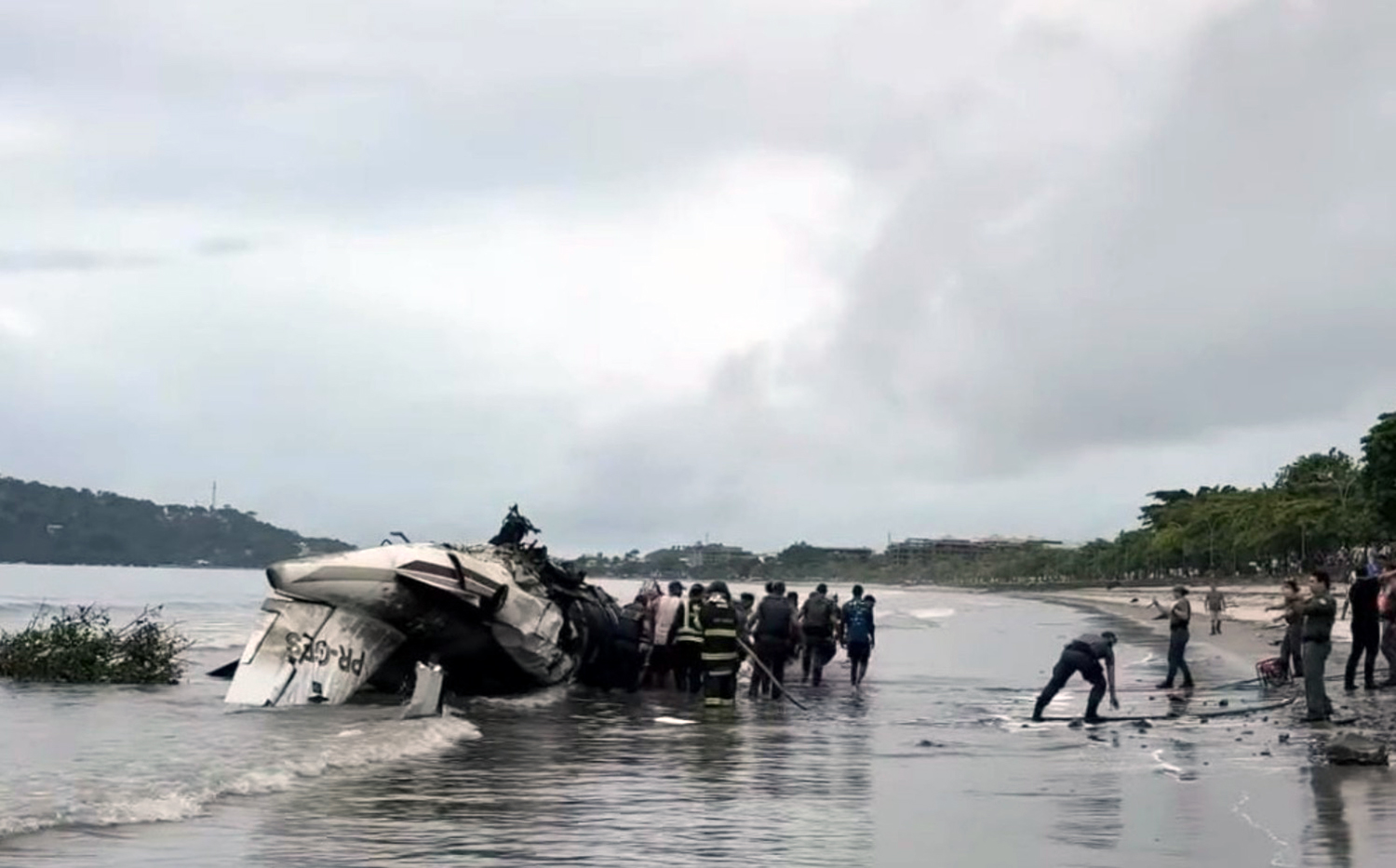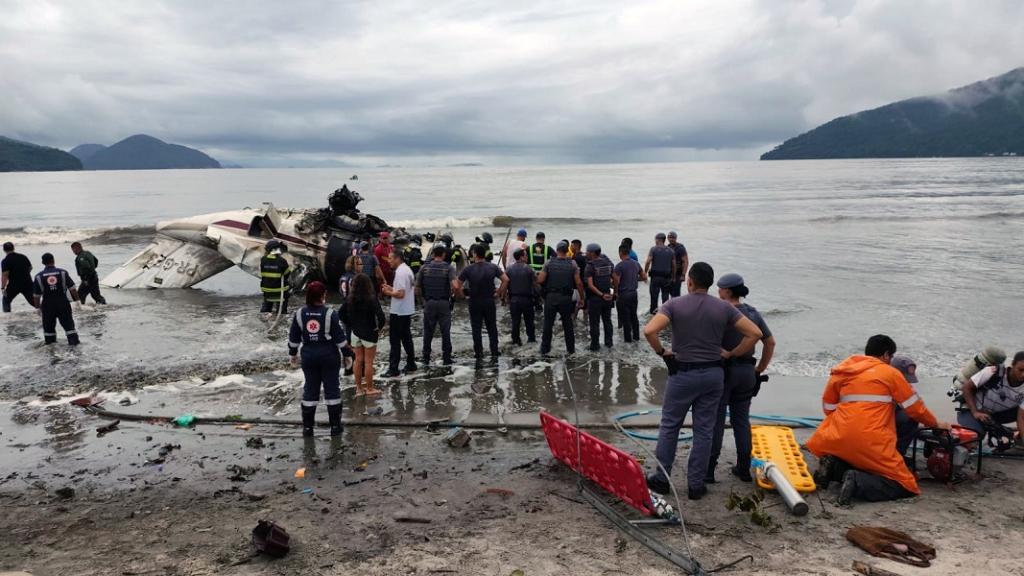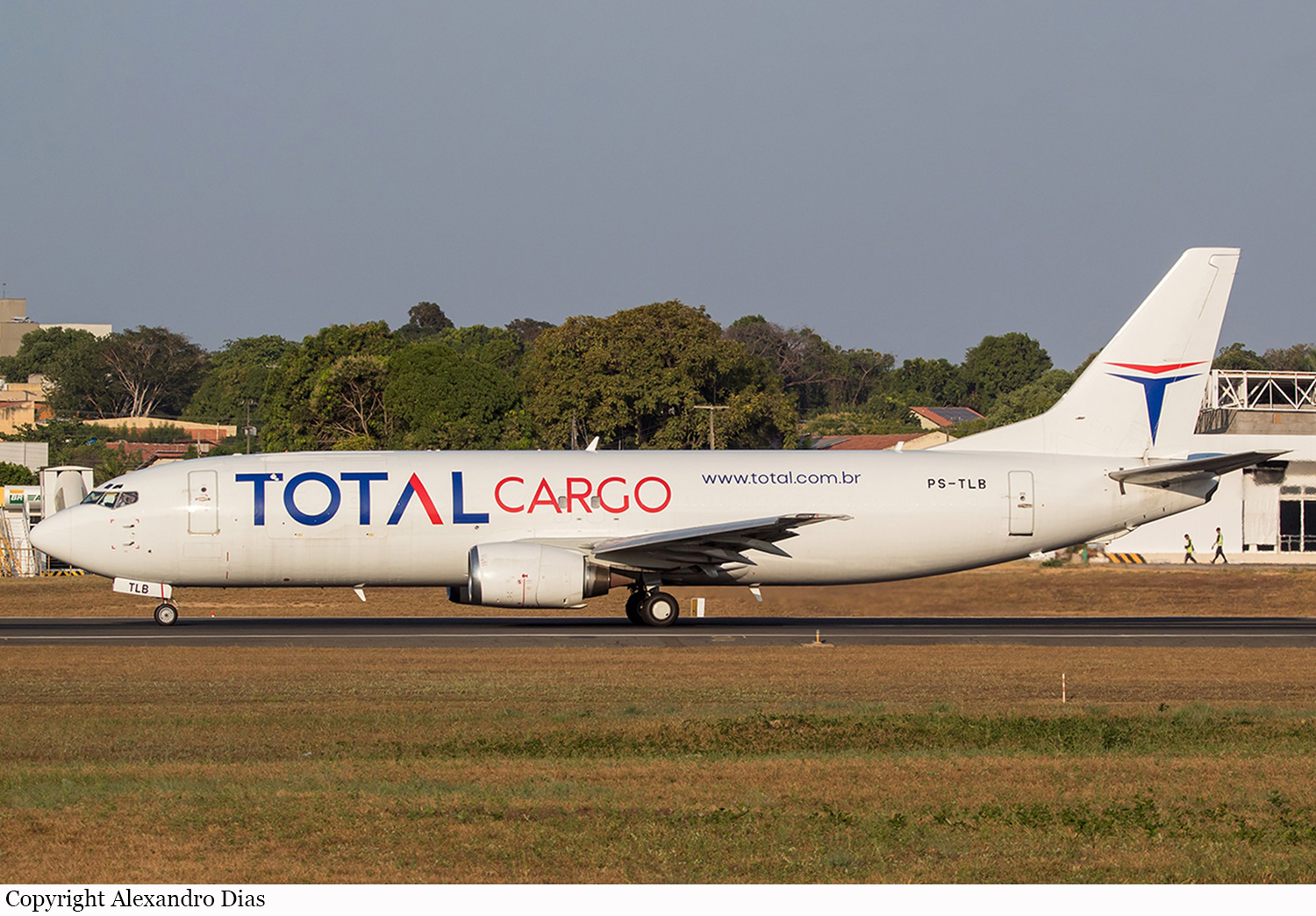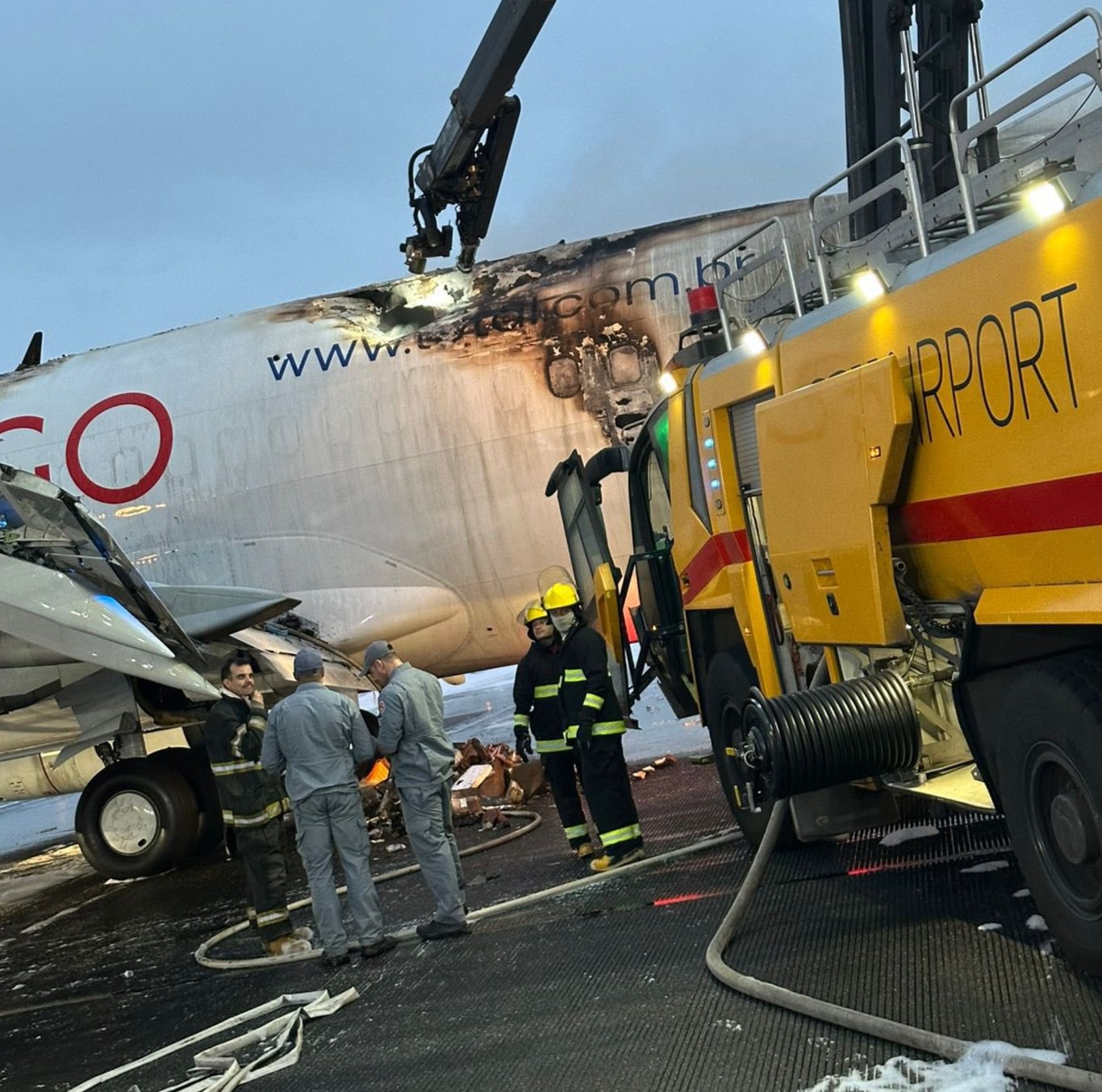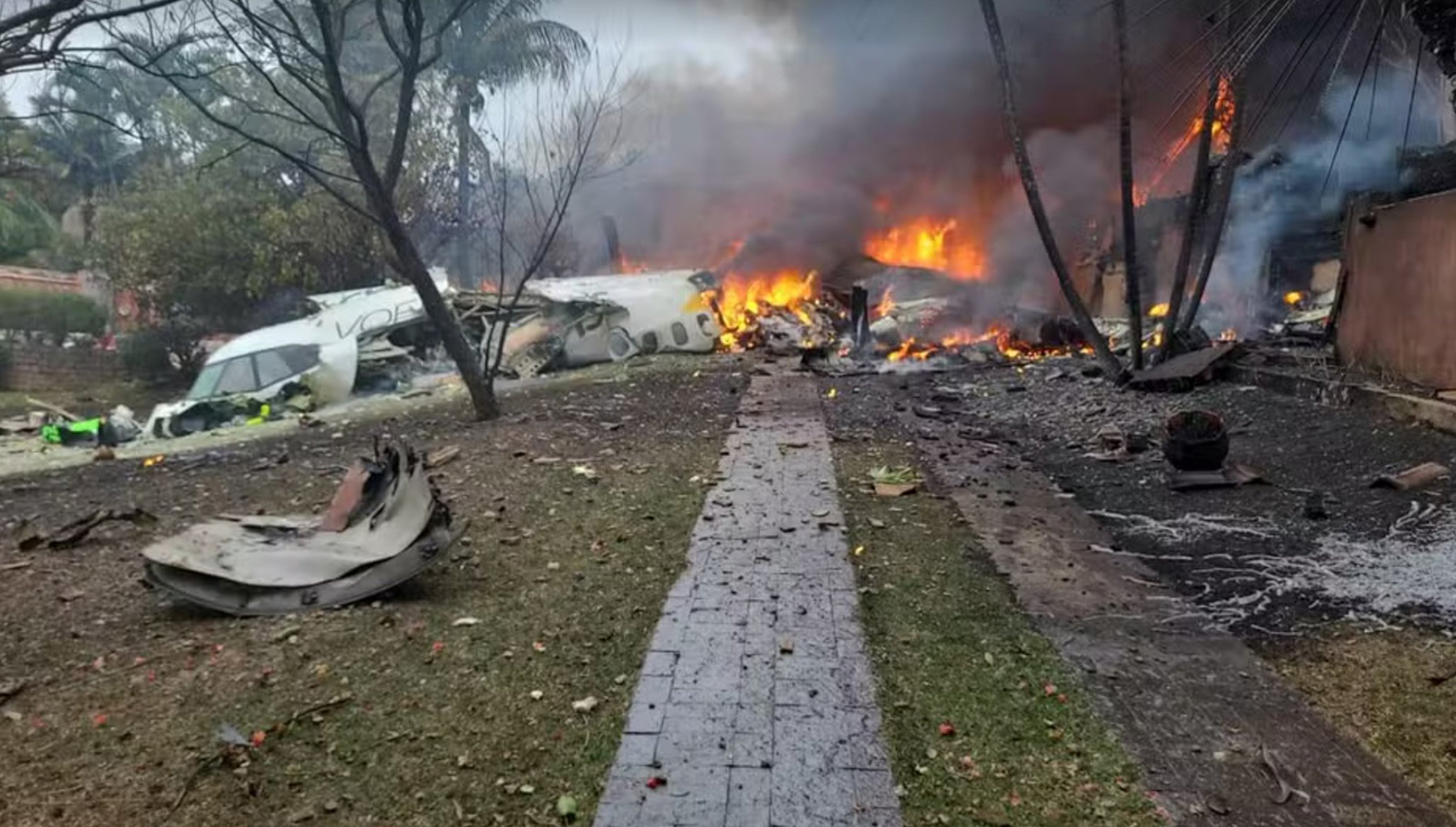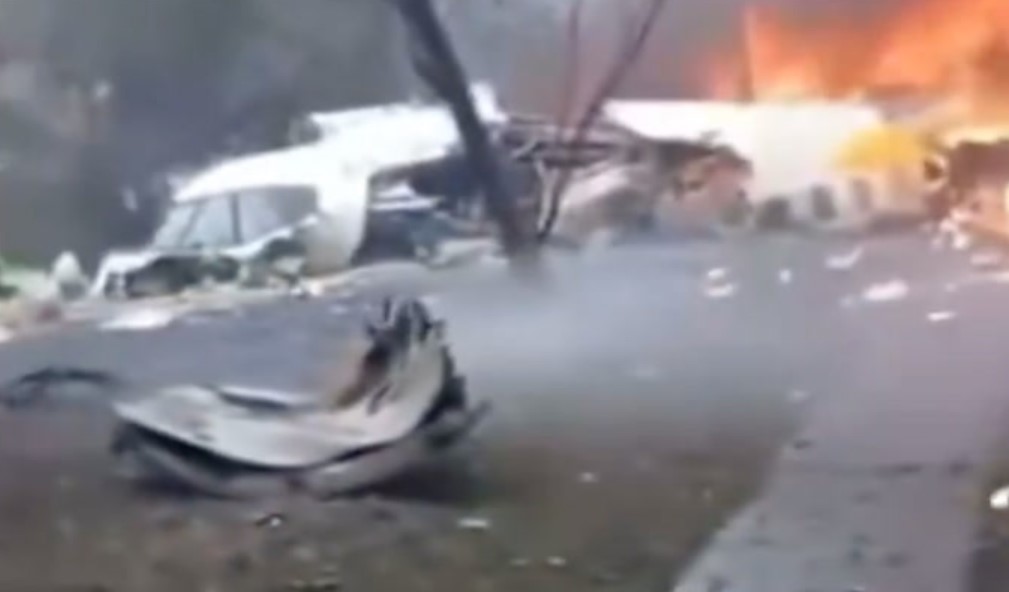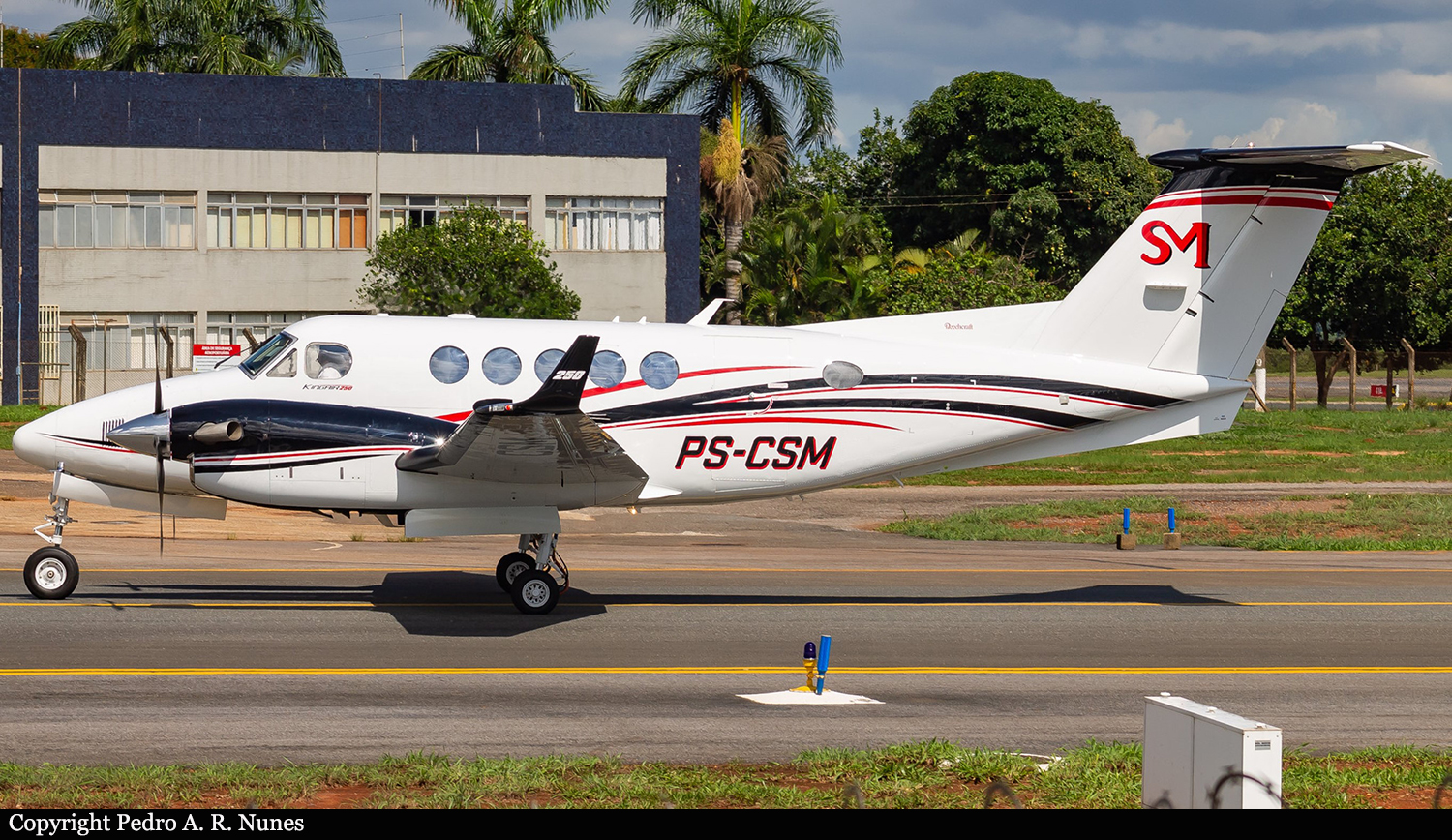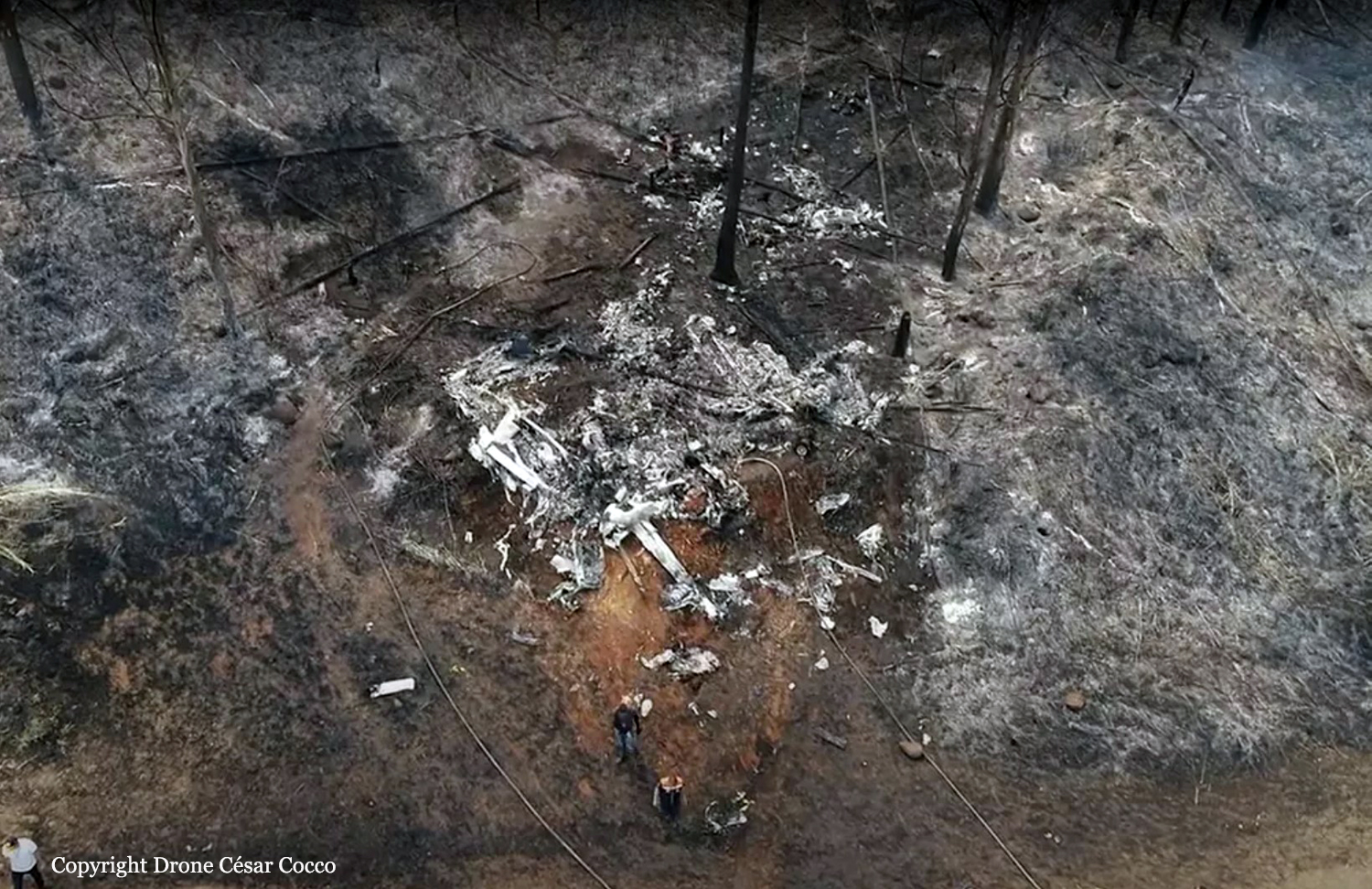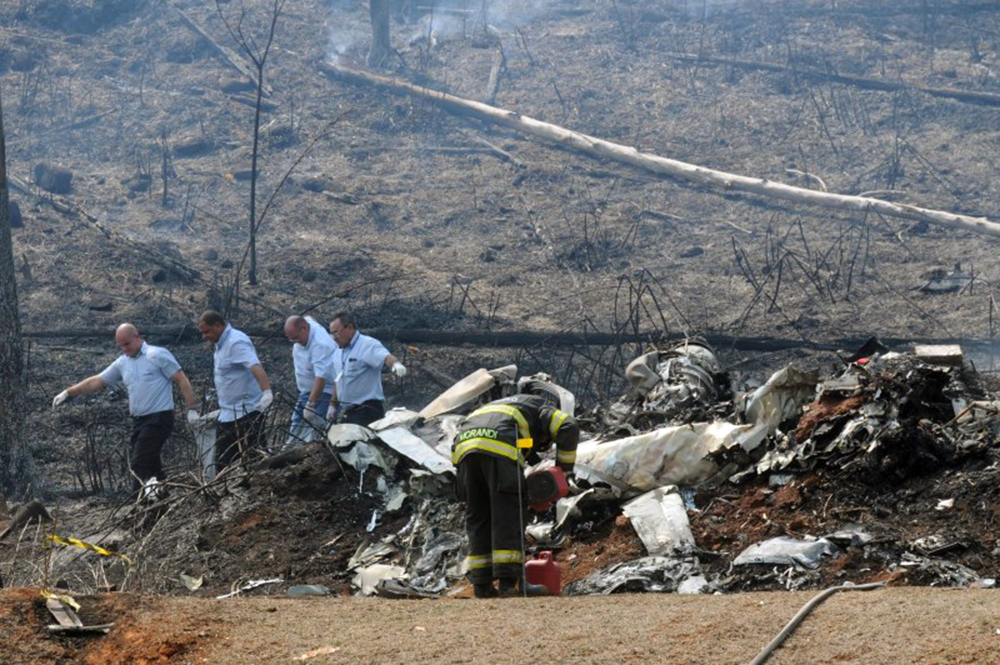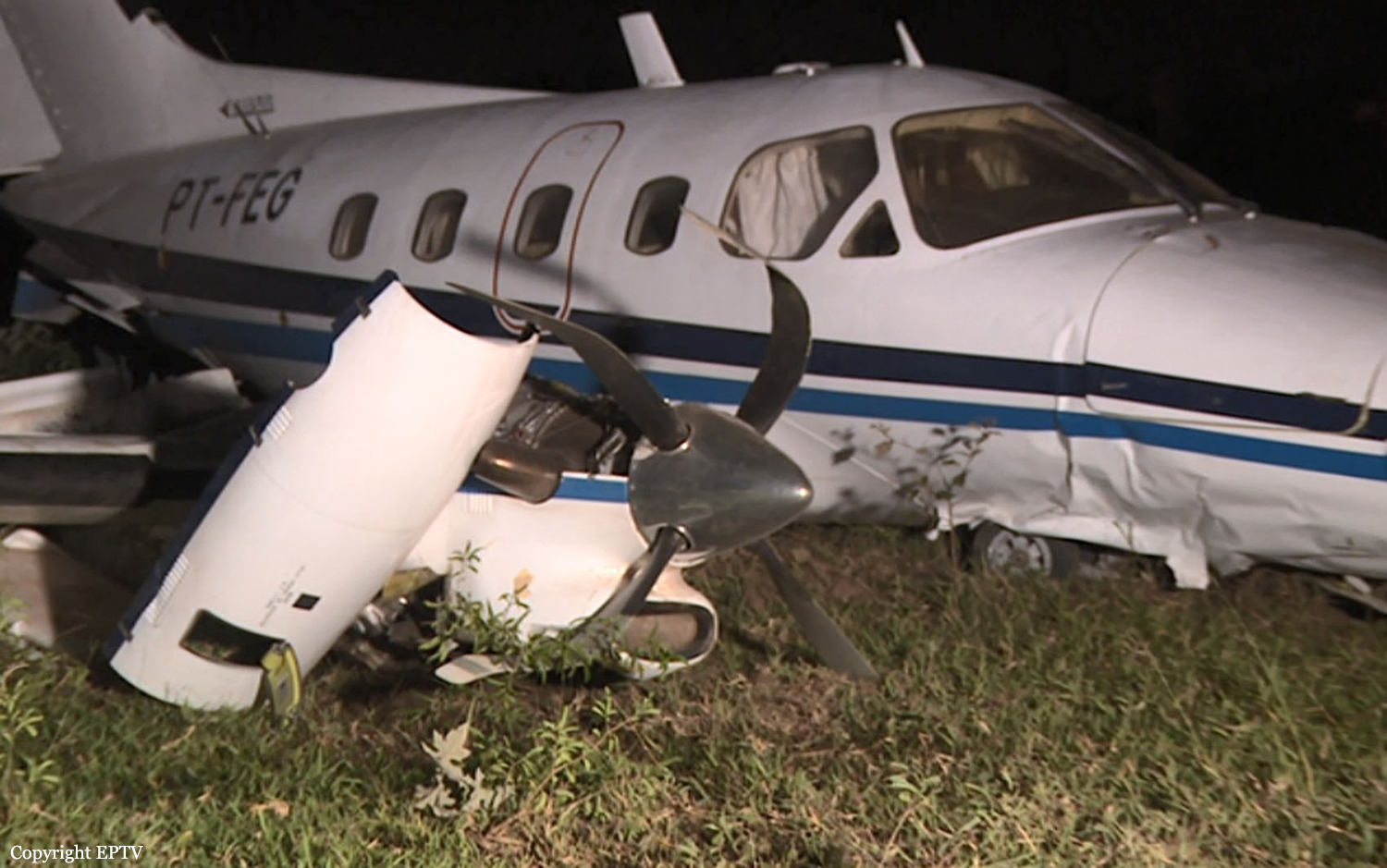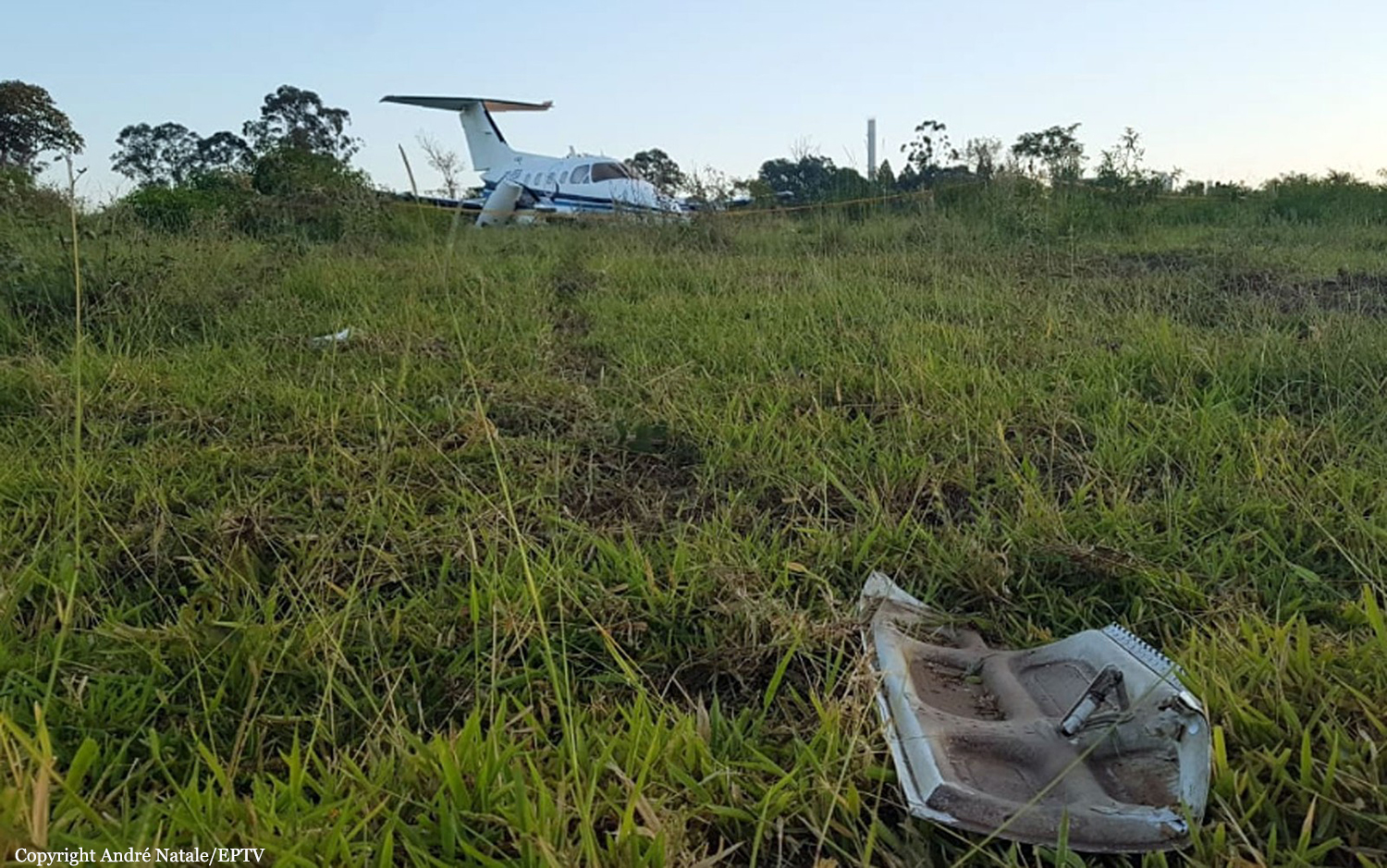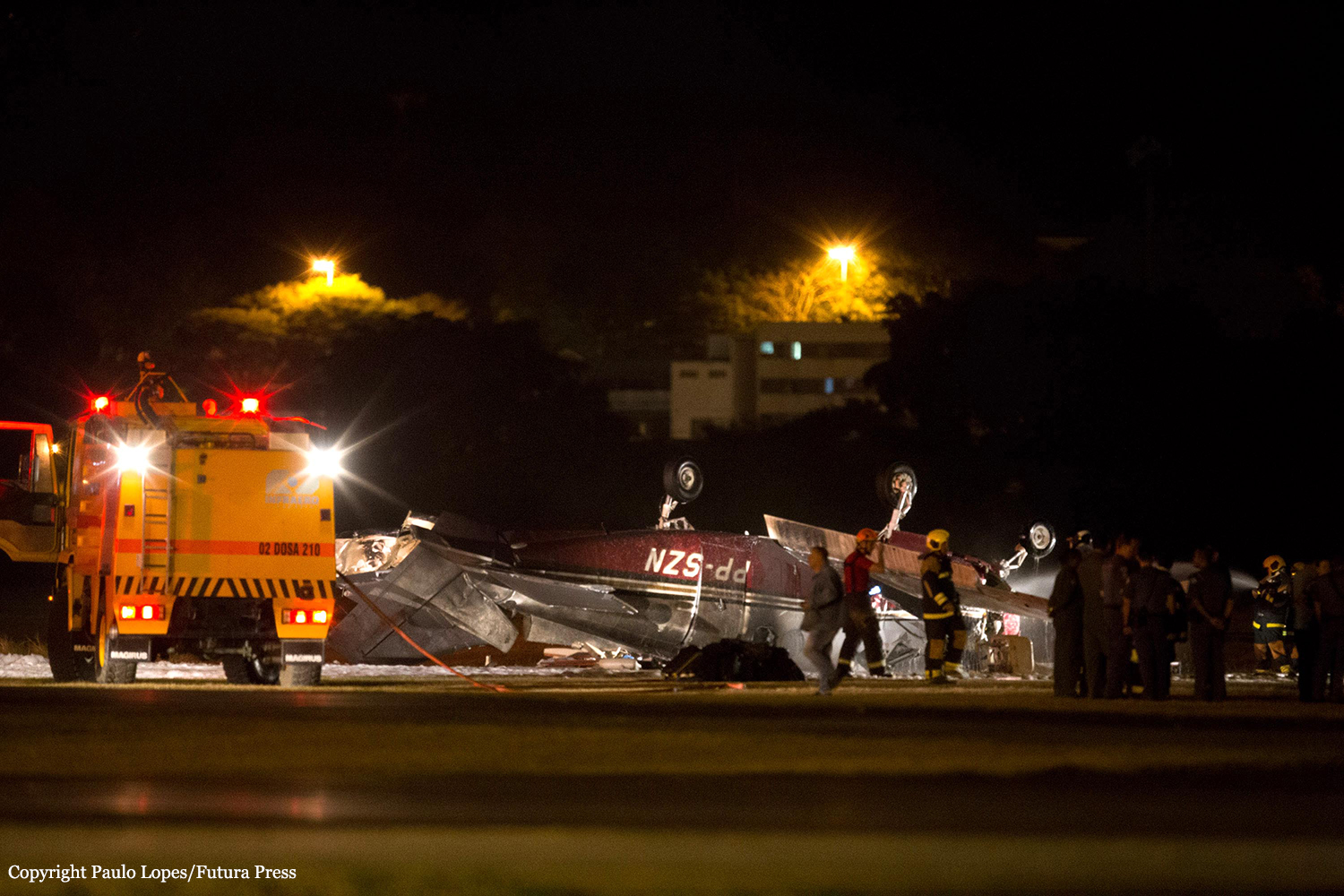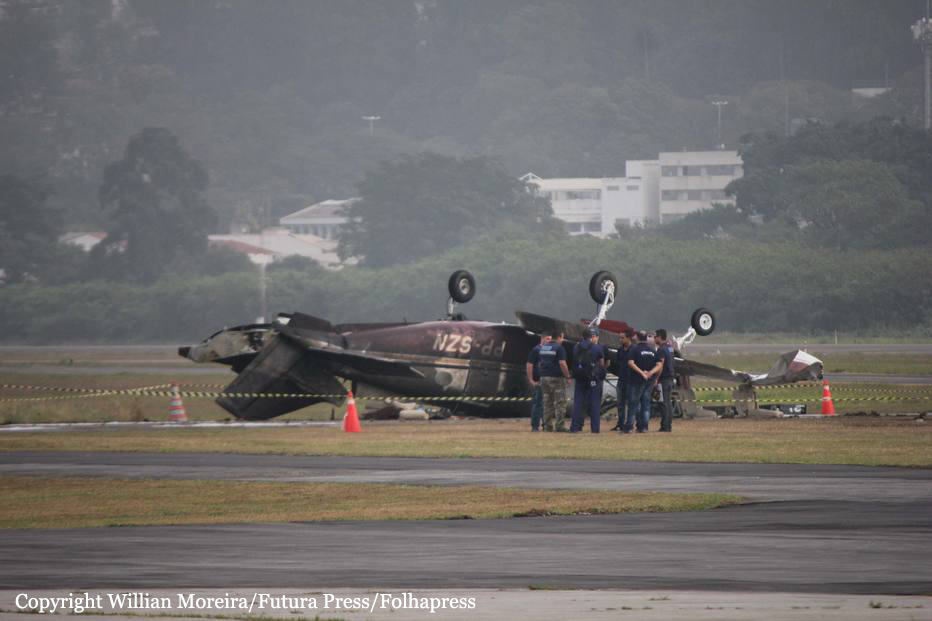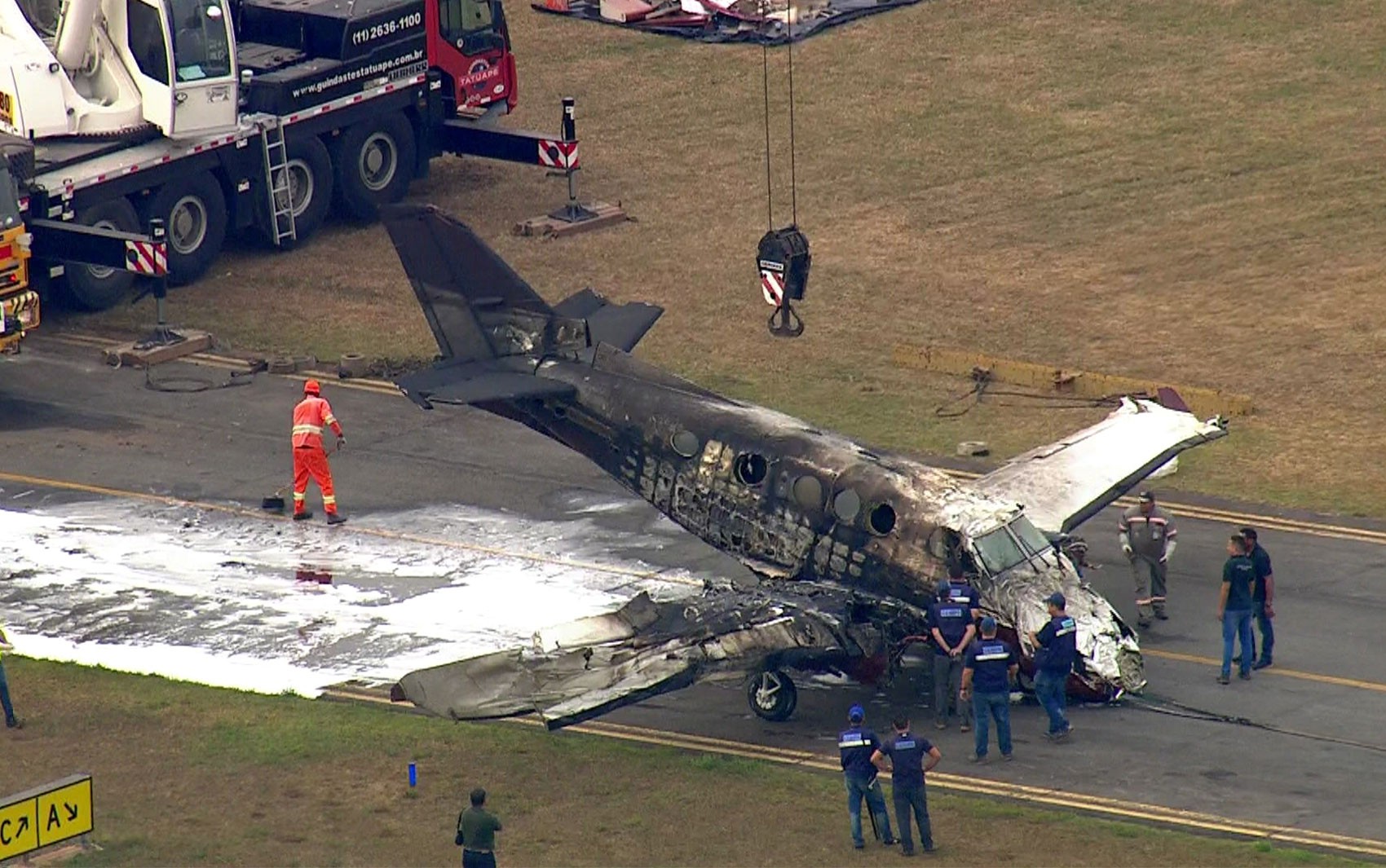Crash of a Beechcraft F90 King Air in São Paulo: 2 killed
Date & Time:
Feb 7, 2025 at 0720 LT
Registration:
PS-FEM
Survivors:
No
Schedule:
Campo de Marte – Porto Alegre
MSN:
LA-105
YOM:
1981
Crew on board:
1
Crew fatalities:
Pax on board:
1
Pax fatalities:
Other fatalities:
Total fatalities:
2
Circumstances:
Shortly after takeoff from Campo de Marte Airport, en route to Porto Alegre, the pilot encountered an unexpected situation. The airplane entered an uncontrolled descent and crashed on Marquês de São Vicente Avenue, bursting into flames. The airplane was totally destroyed and both occupants, the pilot and the aircraft's owner, were killed. There were no casualties on the ground despite a public transport bus was also destroyed.
Crew:
Gustavo Medeiros, pilot.
Passenger:
Márcio Louzada Carpena.
Crew:
Gustavo Medeiros, pilot.
Passenger:
Márcio Louzada Carpena.






